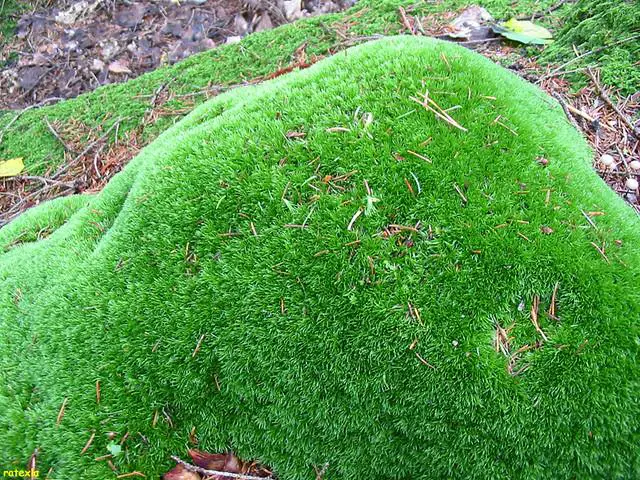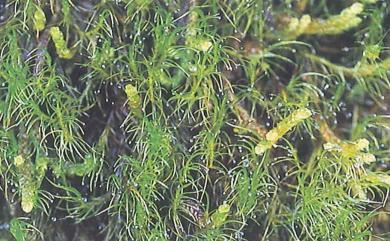Exploring the Fascinating World of Leucoloma thraustum Besch. Moss
Affiliate Disclaimer: As an affiliate, we may earn a small commission when you make a purchase from any of the links on this page at no additional cost to you!

3576885972_6af80846b4_z.jpg from: http://www.flickr.com/photos/72616463@N00/3576885972/
Exploring the Fascinating World of Leucoloma thraustum Besch. Moss
Introduction
Mosses are often overlooked, but they play crucial roles in ecosystems around the world. One particularly interesting species is Leucoloma thraustum Besch.

ea618f0f725517b65e1c9ace47ea3f44.jpg from: https://taieol.tw/pages/8574
, a moss in the Dicranaceae family. In this blog post, we’ll dive into the details of this fascinating plant.
Background
Leucoloma thraustum Besch., commonly known as just Leucoloma, is a species of moss in the Bryophyta division and Bryopsida class. It was first described by French botanist Émile Bescherelle in 1880. Since then, it has been studied by bryologists worldwide.
Morphology and Identification
Leucoloma thraustum forms dense tufts or cushions. The leaves are lanceolate (lance-shaped) and have a distinct white border formed by elongated cells. The leaf margins are
from: https://www.pilzforum.eu/board/thread/12714-octospora-leucoloma/
serrated. Capsules are cylindrical and borne on long setae (stalks). The peristome teeth are divided to the base.
Global Distribution and Habitat
This moss has a wide distribution, found in tropical and subtropical regions of the Americas, Africa, and Asia. It typically grows on tree trunks, branches, and decaying logs in moist forests. In some areas, it is also found on rocks and cliffs.
Ecological Roles and Adaptations
Like other mosses, Leucoloma thraustum plays important roles in its ecosystems:
- Moisture retention: The dense cushions help retain moisture and prevent erosion.
- Microhabitats: The tufts provide shelter for small invertebrates.
- Nutrient cycling: As the moss decomposes, it releases nutrients back into the soil.
The moss has several adaptations that allow it to thrive in its habitats:
- Poikilohydry: It can survive desiccation by entering a dormant state.
- Leaf structure: The elongated border cells help guide water into the moss.
- Rhizoids: These root-like structures anchor the moss to its substrate.
| Characteristic | Description |
|---|---|
| Division | Bryophyta |
| Class | Bryopsida |
| Family | Dicranaceae |
| Genus | Leucoloma |
| Species | L. thraustum |
| Leaf shape | Lanceolate |
| Leaf margin | Serrated, white border |
| Capsule shape | Cylindrical |
Conclusion
Leucoloma thraustum Besch. is a prime example of how even tiny mosses can be fascinating. From its distinct morphology to its ecological roles, this species highlights the incredible diversity of the plant kingdom. Next time you’re in a tropical forest, take a closer look – you might just spot this amazing moss! What other overlooked wonders are waiting to be discovered?
